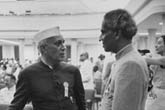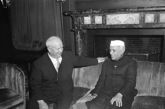Kosygin: Soviet premier, peacemaker between India and Pakistan
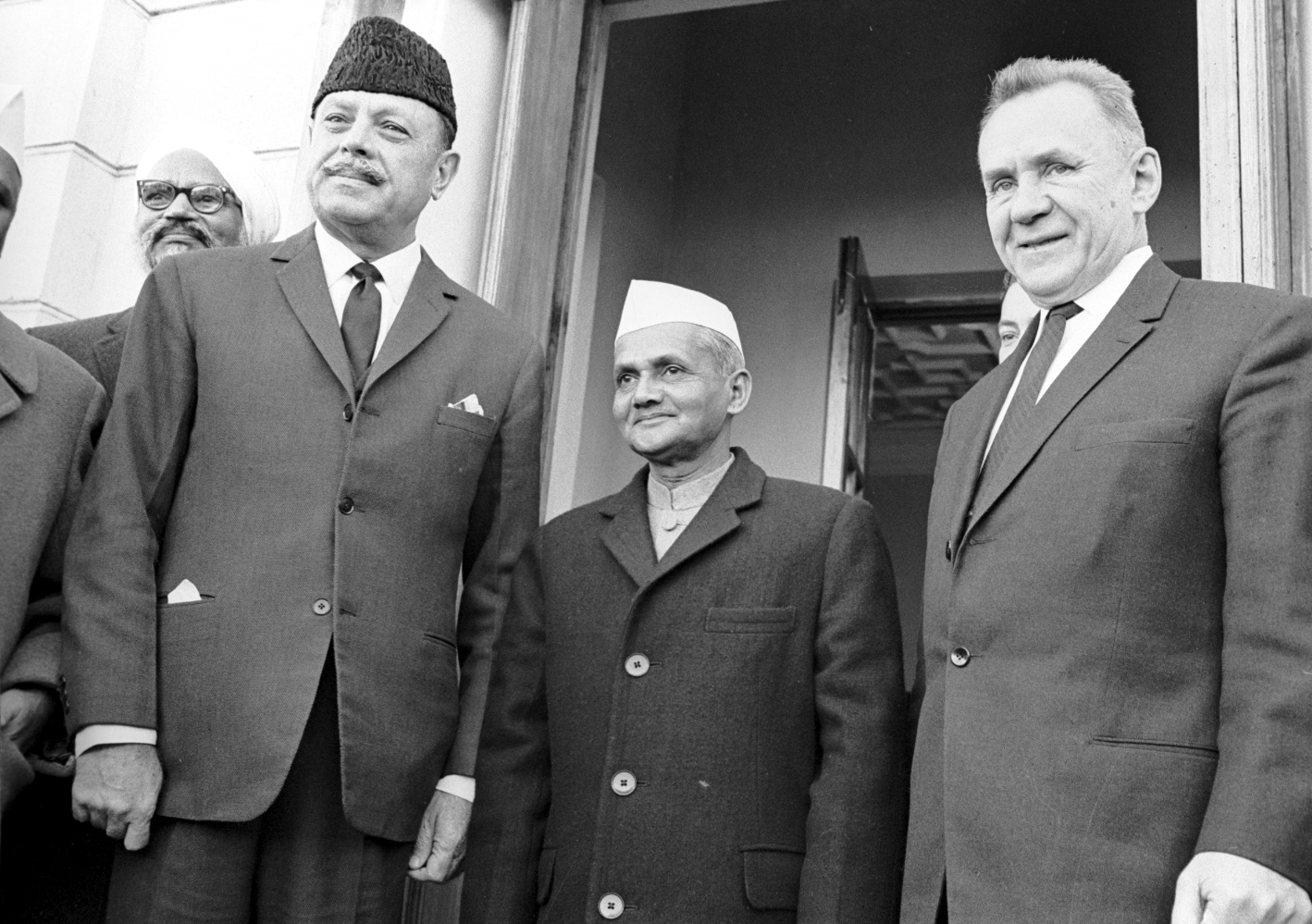
Muhammad Ayub Khan (L), Lal Bahadur Shastri, Alexei Kosygin before the Taskent meeting between the heads of government of India and Pakistan, mediated by the USSR.
Valery Shustov/RIA NovostiAn exhibition called ‘The Kosygin Phenomenon’ tells the story of an outstanding statesman of the Soviet era. The epoch in which he functioned covered almost the entire period of the existence of the USSR.
Alexey Kosygin lived through the Russian Civil War, the Stalin Decade, the Great Patriotic War (WWII), Khrushchev’s Detente and the Brezhnev Stagnation.
However, for India, the memory of Kosygin is associated primarily with his mediatory role as Soviet prime minister during peace talks between India and Pakistan, after the cessation of hostilities in 1965.
This year marks the 50th anniversary of the signing of the Tashkent Declaration – a diplomatic peace accord signed on January 10, 1966. The agreement was the result of a meeting in Tashkent between Ayub Khan, the President of Pakistan, and Indian Prime Minister Lal Bahadur Shastri, with the Soviet Prime Minister Alexey Kosygin also in attendance.
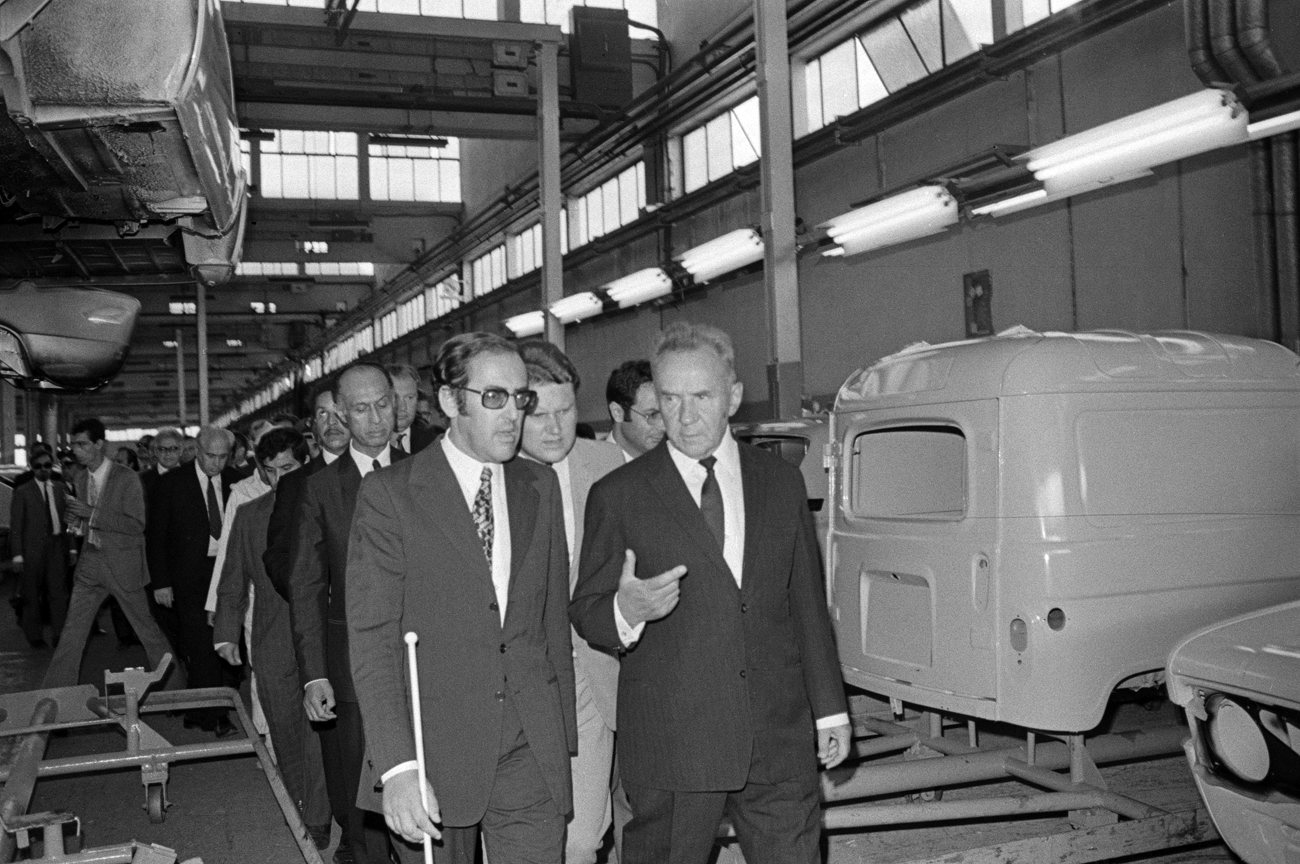 The Chairman of the Council of Ministers of the USSR Alexey Kosygin and his party are pictured in one of the workshops of the car assembly plant \"Somaka\" in Casablanca / Viktor Koshevoi / TASS
The Chairman of the Council of Ministers of the USSR Alexey Kosygin and his party are pictured in one of the workshops of the car assembly plant \"Somaka\" in Casablanca / Viktor Koshevoi / TASS
According to the memoirs of several contemporaries, he played a crucial role in the Indo-Pakistan settlement, since he enjoyed the confidence of both. At the end of the war, and with the assistance of Kosygin, India firmly undertook a path of large-scale military-technical cooperation with the USSR, and the armed forces modernization programmes were accelerated.
Coming from the family of a Petrograd worker, he designed a spectacular career in the Soviet Union. After serving in the Red Army and working in the co-operative system in Siberia, Kosygin graduated from the Textile Institute in Leningrad. Soon, he became the director of the textile factory and, in 1938, was elected Head of the Leningrad City Council, becoming the head of the second largest city in the Soviet Union, after Moscow. A year later, he was appointed minister (then a national commissar) of the textile industry. At that time, Kosygin was only 35 years old.
Saving the manufacturing industry during the war
The managerial gifts of Kosygin were fully manifested during the Great Patriotic War (WW II). A few days after it began, he was appointed Deputy Head of the Government Evacuation Council, which was facing a daunting task; to evacuate thousands of industrial enterprises, from regions of the USSR which could soon be occupied by advancing Nazi troops, to the east of the country. He managed to cope with the set task and, by 1942, managed to relocate 2,500 industrial enterprises to the east. These often began operating immediately after being unloaded, practically in the open fields. The successful accomplishment of the huge evacuation task was a considerable achievement for Kosygin.
His role was also significant in another WW II episode; in the organization of the “Road of Life”. In January 1942, Kosygin was sent to Leningrad, surrounded by German and Finnish troops. His task was to evacuate hundreds of thousands of the city’s residents and establish supply lines to Leningrad, under conditions of a blockade.
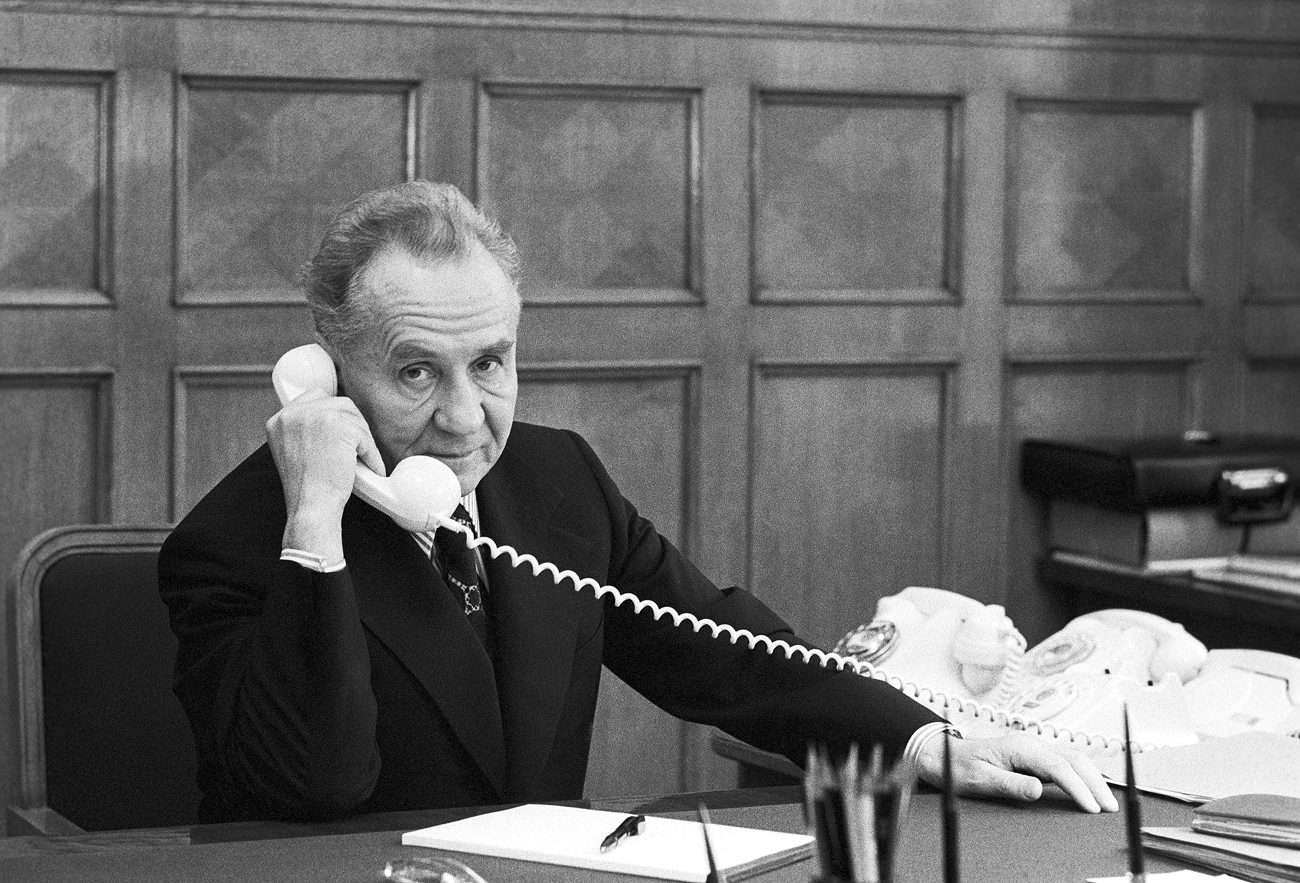 Chairman of the USSR Council of Ministers Alexey Kosygin pose for a photo in his office 1974 / Yakov Khalipa / TASS
Chairman of the USSR Council of Ministers Alexey Kosygin pose for a photo in his office 1974 / Yakov Khalipa / TASS
In Leningrad, Kosygin took part in building the “Road of Life” – a road over the ice of Lake Ladoga, the only highway connecting the city with the “mainland”. Over half a million people were evacuated from the city across the “Road of Life.” It is said that for the rest of his life, Kosygin was proud of his successful role in the “Road of Life”.
Stalin’s sympathies
After the war, Kosygin’s administrative abilities were in demand, and he held various government posts. It is believed that Stalin favoured him, and appointed him as his deputy in the government in 1940.
Kosygin’s grandson, Alexey Gvishiani, believes that his grandfather “was needed by the government, the regime – as a practitioner, a specialist, who was able to do certain things in the economy, and obtain concrete results. Others did not know how to do this.”
The administrative gifts of this Soviet politician in the 1960s were also noted by foreign media. Back then, the American magazine ‘Newsweek’ wrote, “A man of his caliber could easily lead a large corporation like Ford or General Motors.”
During the reign of Khrushchev, Kosygin initially supported him in the inner-party struggle, but later started moving closer to those who opposed the First Secretary. After the removal of Khrushchev, Kosygin became the head of the Soviet government. He occupied the post almost until his death in 1980. He set a record in this position --16 years, longer than anyone else in Russia during the 20th century.
Golden Five-Year Plan
After becoming Prime Minister in 1964, Kosygin attempted to rebuild the Soviet planned economy, introducing some market elements. He tried to make companies more independent. They got the right to establish relationships between suppliers and customers and retain a portion of their profits. The effects of these changes were soon visible – the reform period, the second half of the 1960s, was a time of some of the highest growth rates seen in the Soviet economy. The 1966-1970 Five-Year Plan was named the “golden” plan.
However, these reforms had a downside. Not being able to raise prices (the state retained control over these), the companies would reduce their investments in production, while increasing salaries. Inflation also grew as a result of the growth in incomes. Therefore, Kosygin’s reforms gradually began to collapse. However, Kosygin’s reforms were back in demand in the mid-1980s, during the ‘perestroika’ period.
Kosygin as a diplomat
After a UN Security Council resolution was adopted in September 1965, India and Pakistan ceased hostilities in the (Second) Indo-Pakistan War. However, the conflict could have been resumed at any time and, realizing the need for a lasting agreement, the Soviet Union offered to mediate to help find a settlement.
Kosygin played a key role in this mediation effort. At the invitation of Kosygin, President Ayub Khan and Indian Prime Minister Shastri arrived for talks in Tashkent, then one of the most beautiful cities in the Soviet Union. The negotiations were not easy. However, the diplomatic efforts did not go in vain. India and Pakistan signed the Tashkent Declaration, which obliged them to stop hostilities, to withdraw their armed forces to the positions they held before the conflict, and to resume diplomatic relations.
“Finally, the most important thing, for which all had gathered, had occurred – a joint document, the Tashkent Declaration, was drawn up and signed. This was a real victory for Soviet diplomacy. And the main role in it was played by Alexey Kosygin, “wrote Victor Sukhodrev, a well-known translator, in his memoirs.
The night after the Declaration was signed, the Indian Prime Minister, Lal Bahadur Shastri, died of a heart attack. He became ill after negotiations, and attempts by leading cardiologists of the Uzbek SSR to save the politician ended in vain. What happened to the Prime Minister of India is still covered in a veil of mystery – the KGB even suspected the cooks of poisoning him, but these suspicions were later removed.
Kosygin also played an important role in ending the Sino-Soviet border conflict in 1969. On his way back from Vietnam, he suddenly made a stop in Beijing, where he met Premier Zhou En lai.
“The imperialists want to solve their problems, to bleed the PRC and the Soviet Union,” the Soviet politician stated during their meeting – which marked the beginning of peace talks between the two countries.
All rights reserved by Rossiyskaya Gazeta.
Subscribe
to our newsletter!
Get the week's best stories straight to your inbox
